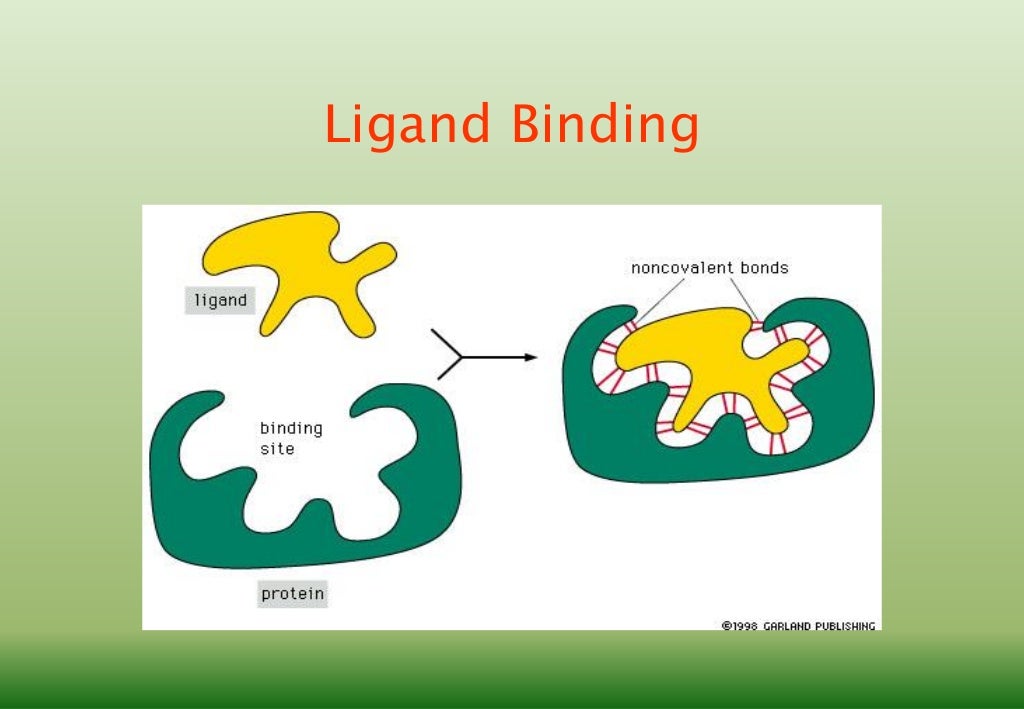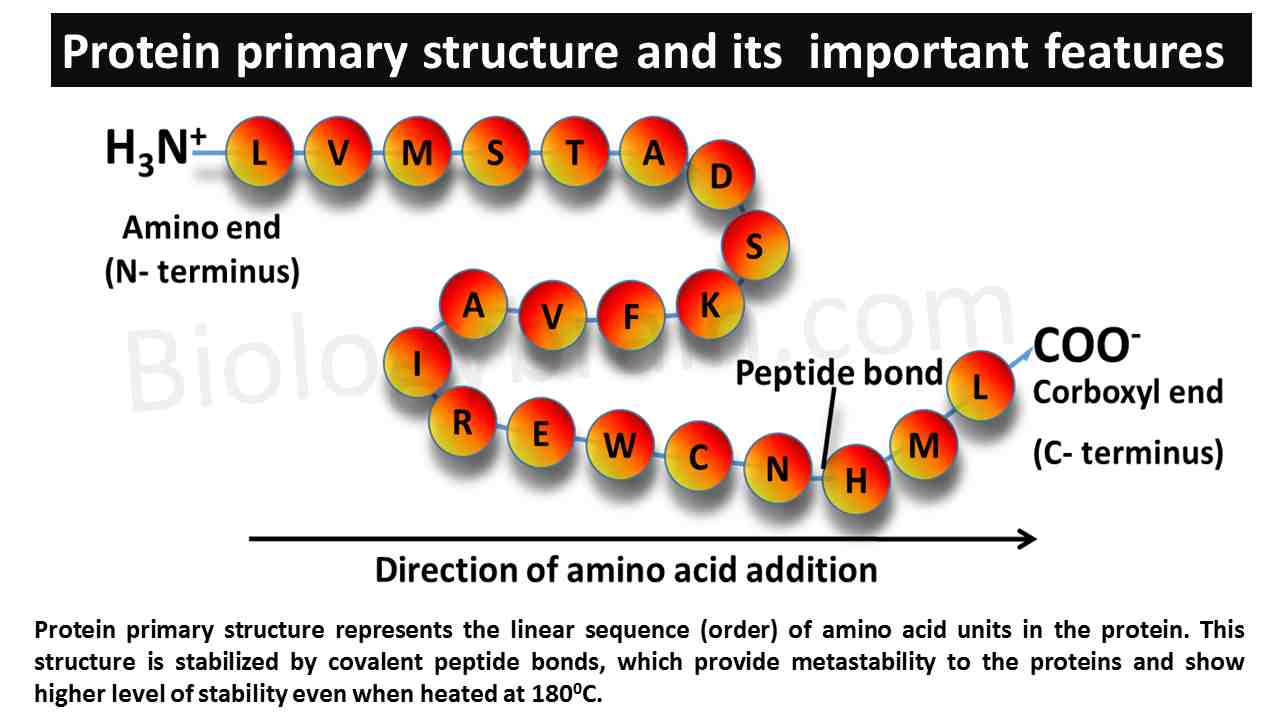

Both types of the secondary structures a helix and ßsheet are held in shape by hydrogen bonds, which form between carbonyl (C=O) and amine (N-H) shown below, pulling the polypeptide chain into a helical structure allowing the side chain to stick out and freely interact.

He recognised that folding of peptide chains among other things such as steric hindrance should maintain the bond angles and planar structure of the peptide bond as well as preventing the atoms from coming to closely together that they repel each other.

With the use of X-ray diffraction (Loughlin, 2017, p.12, Box 1.3) Pauling was able to determine the shape of proteins, discovering the spiral structure of proteins the polypeptide backbone.

The two most important protein secondary structures, the alpha helix (a helices) and the beta sheet (ß sheet) were predicted by Linus Pauling (1951) citied in Loughlin (2017, p. The interactions between amino acids cause a protein to fold from an amino acid sequence of a polypeptide to a three-dimensional structure of a mature functioning protein (Loughlin, 2017). At one end the polypeptide chain has a free amino group called the amino terminus (N-terminus) and the other end that has a free carboxyl group known as the carboxyl terminus (C-terminus). Because of the structure of the amino acids, a polypeptide chain has two ends that are chemically distinct from each other. The resulting bond between amino acids is a peptide bond. During protein synthesis the carboxyl group of the amino acid at the end of the growing polypeptide chain reacts with the amino group of an incoming amino acid, releasing a molecule of water. The amino acids of a polypeptide are attached to each other by covalent bonds known as a peptide bond, each bond forms a condensation reaction. The R group gives each amino acid its identity’ they can be polar, nonpolar or even unchanged (Loughlin, 2017). A central carbon atom (the a-carbon) bonded to a hydrogen atom, a basic amino group comprising of a nitrogen atom and two hydrogen atoms (-NH2), a carboxyl group (-COOH) and a specific side chain or R group consisting of varying atoms. Each chain has its own set of amino acids assembled in a particular order with a typical basic chemical structure, as shown below in the figure 1. A primary structure is the simplest level of protein structure it is a sequence of amino acids in a polypeptide chain.


 0 kommentar(er)
0 kommentar(er)
